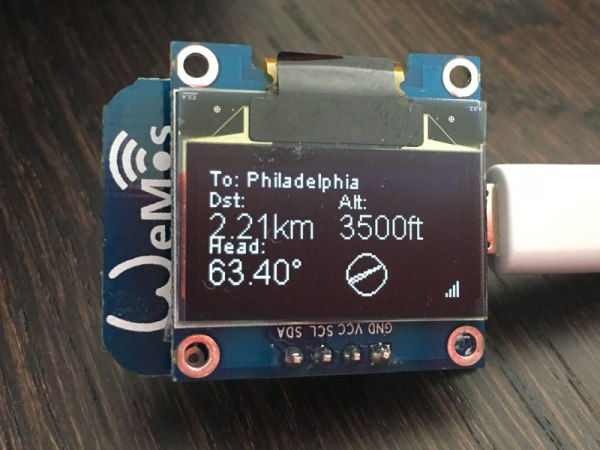FlightAware is the premier site for live, real-time tracking of aircraft around the world, and for the last year or so, Raspberry Pi owners have been contributing to the FlightAware network by detecting aircraft flying overhead and sending that data to the FlightAware servers.
Until now, these volunteers have used Raspis and software defined radio modules to listen in on ADS-B messages transmitted from aircraft. With FlightAware’s new update to PiAware, their Raspberry Pi flight tracking software, Mode S transponders can also be detected and added to the FlightAware network.
Last year, FlightAware announced anyone with a Raspberry Pi, a software defined radio module, and an Internet connection would earn a free FlightAware enterprise account for listening to ADS-B transmitters flying overhead and sending that information to the FlightAware servers. ADS-B is a relatively new requirement for aviators that transmits the plane’s identification, GPS coordinates, altitude, and speed to controllers and anyone else who would like to know who’s flying overhead.
Mode S transponders, on the other hand, are older technology that simply transmits the call sign of an aircraft. There’s no GPS information or altitude information transmitted, but through some clever multilateration in the new PiAware release these transponders and planes can now be tracked.
To get the location of these transponders, at least three other PiAware boxes must receive a signal from a Mode S transponder. These signals, along with a timestamp of when they were received are then sent to the FlightAware servers where the location of a transponder can be determined.
The end result of this update is that FlightAware can now track twice as many aircraft around the world, all with a simple software update. It’s one of the most successful applications of crowdsourced software defined radio modules, and if you’d like to get in on the action, the FlightAware team put together a bulk order of ADS-B antennas.















